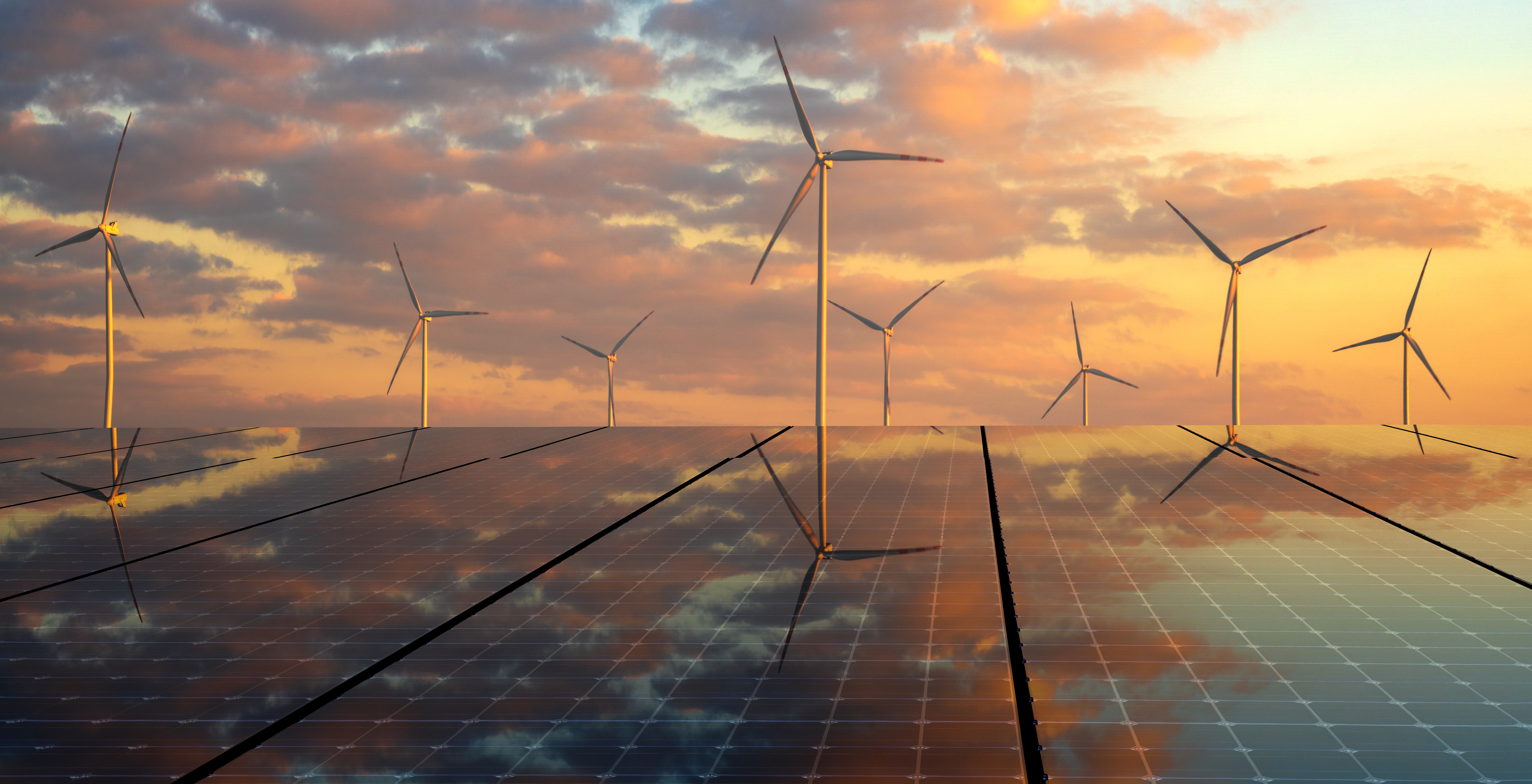11/14/24
Best of the West: Supporting western veterans; Unclogging the power grid; Housing in North Dakota; Efficient concrete; Modernizing Utah’s inland port; and Expanding broadband in Hawaii

The Western Governors' Association keeps you updated on the latest news in the West. Here are the top stories for the week starting November 11, 2024. (Photos courtesy of Adobe Stock Images and Pixabay).
In celebration of Veterans’ Day this week, let’s take a look at the ongoing work across the West that’s honoring and supporting our nation’s service members. First, WGA honors the service of Nevada Governor Joe Lombardo, who served in the Nevada National Guard and the U.S. Army Reserves, and American Samoa Governor Lemanu P.S. Mauga, who served in the U.S. Marine Corps and U.S. Army,
With one-third of the country’s veteran population residing in western states, Western Governors have put particular emphasis on veterans’ wellbeing and support, including through the collective voice of WGA.
Through their bipartisan policy resolution dedicated to veterans, Western Governors acknowledge the complex challenges faced by veterans, and offer recommendations to improve support and care for men and women who served in the military.
The resolution calls for the Department of Veterans Affairs (VA) to prioritize support services, behavioral health, traumatic brain injury care, memory care, and other neurological disorders that veterans commonly face during and after their service. It also acknowledges the all-too-common issues of veteran homelessness and suicide, and specifically calls for ways to support veterans struggling with those challenges.
In a recent advocacy letter to Congress, WGA called for enhanced staffing and training within the VA for neurological disorders, and pushed to ensure that transitioning service members are made aware of their VA benefits before they leave the military. Another letter this year called for improved veterans’ health care services in remote areas.
On Veterans’ Day, Western Governors celebrated and honored veterans in their states. New Mexico Governor Michelle Lujan Grisham joined the ribbon cutting ceremony at the Taos County Veterans Cemetery, which was aided by a nearly $7.5 million investment from the state to honor New Mexican service members. Governor Lujan Grisham also highlighted the state’s support for veterans through tax exemptions on military retirement benefits and its State Veterans’ Home to provide enhanced care to veterans.
In Montana, a new veterans’ cemetery opened in Bozeman, and in Wyoming, volunteers carried on a tradition to discover and share the stories of unknown veterans at Mount Pisgah Cemetery.
Alaska Governor Mike Dunleavy proclaimed the week of November 11 – 15 as Veterans Small Business Week and encouraged Alaskans to support veteran small businesses in the state, which help many communities thrive.
In Arizona, the state’s newest Veterans’ Home opened on Monday in Flagstaff, providing long term care and rehabilitative services to veterans in northern Arizona. The Flagstaff facility becomes the fourth such home in the state, which has a veteran population of more than 470,000.
According to the VA, the number of veterans experiencing homelessness across the country has dropped substantially in recent years, falling more than 55% in the last 14 years. The improvement marks the lowest level of veteran homelessness on record. In Nevada, the number of veterans experiencing homelessness dropped by 41% over the past year, according to the VA count.
Veterans’ advocates in Douglas County, Colorado, achieved their Functional Zero for Veteran homelessness initiative, which means that the number of veterans experiencing homelessness is maintained within the community’s capacity to provide housing. The county is also working to build a 14,000-square-foot “Heroes Hall” to provide the area’s various veterans’ groups with a communal space.
Unclogging the grid: a large and growing backlog of clean energy projects are stuck in the queue of proposals that are making their way through the slew of steps required to plug into the power grid. According to the Lawrence Berkeley National Laboratory, the line of projects waiting for approval represents a power capacity that is twice the size of the current U.S. power capacity.
A new software tool from GridUnity is hoping to speed up the interconnection process for new energy projects, and the company thinks that they can shave a year or more off of the average time new projects spend waiting.
The tool, which won a nearly $50 million grant from the U.S. Department of Energy, standardizes the interconnection process by consolidating the data, communications, cost-estimations, and a host of other factors into a more streamlined process.
If their software, and others like it, is successful and widely adopted, it could help speed up the interconnection process, which is essential to bring new clean energy projects online. Currently, a typical project takes nearly five years to go from application to completion.
Housing North Dakota: Alongside state legislators and other members of the North Dakota Housing Initiative Advisory Committee, North Dakota Governor Doug Burgum released the committee’s recommendations for addressing housing needs in North Dakota.
The committee recommended an approach focused on housing availability, affordability, and stability.
To expand in each of these areas, the committee called for state investment into six categories: red tape reduction; vibrant local housing markets; financing innovations; homelessness services; financial coaching; and the construction workforce.
“Every North Dakotan should have access to safe, affordable, quality housing. And if we want to continue to attract and retain workers and grow our economy, we need to reduce barriers to workforce participation such as housing,” Governor Burgum said. “We’re grateful for the insightful work of the Housing Initiative Advisory Committee and the valuable input from stakeholders that helped guide these recommendations for improving housing availability, affordability and stability across our great state.”
Efficient concrete: the Colorado-based company Terra CO2 is planning to open a new concrete manufacturing plant in the town of Magna, Utah, where a major coal-fired power plant once stood.
Terra CO2 plans to use tailings from the nearby Kennecott copper mine to produce low-carbon concrete, which can offset CO2 emissions by 70%, compared to traditional concrete. The technology works by replacing Portland cement – a key component of concrete and an extremely carbon-intensive product – with more common minerals that don’t produce as high an environmental cost.
The company was selected to receive $52.6 million from the U.S. Department of Energy for the project, as part of a program that promotes clean energy manufacturing in communities with decommissioned coal plants. Terra CO2 is currently working to open its first commercial facility in Texas, which will be capable of producing 240,000 metric tons of low-carbon concrete once it opens next year.
Modernizing Utah’s inland port: a $112 million grant from the U.S. Environmental Protection Agency (EPA) is going towards efforts to bring more electric-powered equipment to Utah’s Salt Lake City Intermodal Terminal.
The funds will be used to bring more electric trucks and cargo-handling equipment to the port to reduce the effects that the port’s diesel fleet has on nearby Salt Lake City neighborhoods.
The funds come as part of the EPA’s $3 billion Clean Ports Program, which aims to reduce diesel pollution from the nation’s ports.
Expanding broadband in Hawaii: $72 million from a federal Internet for All grant is heading to Hawaii to deliver broadband access to thousands of Hawaiian homesteaders that have slow internet or no internet service at all.
The funds will help deliver internet service on Molokai, Maui, Big Island, Kauai and Oahu.
Read WGA’s policy resolution on broadband connectivity to learn more about the Governors’ collective policy on broadband deployment.